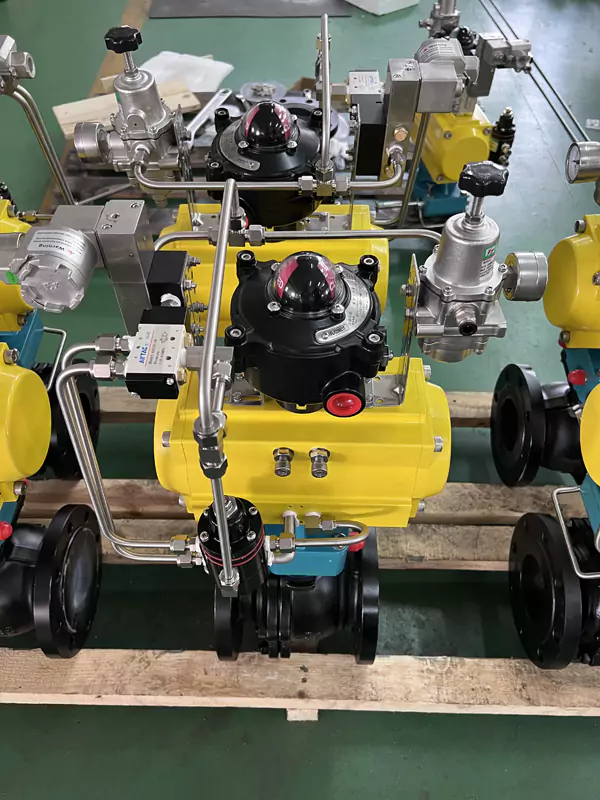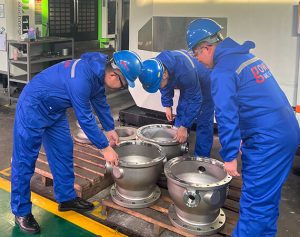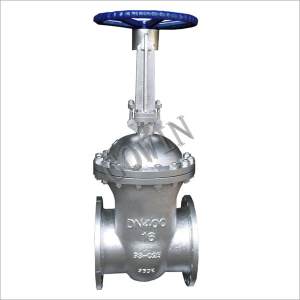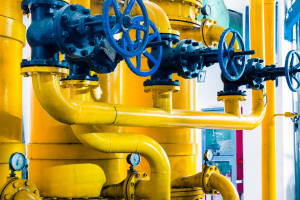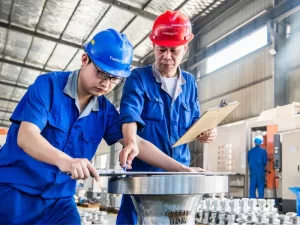This is crucial to ensuring its long-term performance and reliability. These valves are widely used in industries. They provide fast switching speeds and allow remote operation, which saves time and improves safety. To keep them functioning well, a proper maintenance routine is essential. This guide outlines the key steps and tips for maintaining a pneumatic ball valve.
Why Maintenance is Important
The pneumatic ball valve operates through compressed air. This allows for fast and efficient control over fluid flow. These valves are often used in critical industrial environments such as oil and gas, chemical plants, power stations, and water supply systems. The valve’s components can wear down without regular maintenance, leading to leaks or malfunctions. This can cause delays in operation, expensive repairs, or even hazardous situations.1
Gowin Industrial Valve has been a trusted leader in manufacturing high-quality valves for over 16 years. They have a state-of-the-art facility and certifications like API6D, ISO9001, and ISO14001. Gowin ensures that their valves meet both local and international standards.
Steps for Effective Ball Valve Maintenance
Regular Cleaning
To maintain a pneumatic ball valve, it’s essential to regularly clean it. Before using the valve, clean any iron filings, debris, or other contaminants from the valve body with water. These materials can affect the valve’s performance and cause damage over time.
If the valve is stored for long periods, ensure it is cleaned periodically and coated with anti-rust oil to prevent corrosion. It’s also important to consider the type of cleaning medium used. Water is typically sufficient. But, if hazardous materials are involved, make sure to choose the appropriate cleaning agent based on the material’s characteristics.
Storage Conditions
Proper storage of a pneumatic ball valve is vital to prevent damage. Store the valve in a dry, ventilated area to protect it from moisture, dirt, and debris. Both ends of the valve should be blocked when it’s not in use to keep contaminants out.
Inspection and Testing
After installation, regularly inspect the valve for signs of wear or damage. Key areas to check include:
- Sealing Surface: Ensure the sealing surface of the ball is free from wear and tear. Worn seals can lead to leaks. It reduces the efficiency of the valve.
- Valve Stem and Nut: The trapezoidal threads of the valve stem and nut should be checked for wear. Damaged threads can affect the smooth operation of the valve, making it harder to open and close.
- Packing Material: The valve packing prevents leaks and should be inspected regularly. If the packing has deteriorated or failed, replace it promptly.
Always test the valve’s sealing performance to confirm it operates correctly.
Lubrication
Proper lubrication is essential for maintaining the functionality of a pneumatic ball valve. Regularly inject lubricating oil into the valve to ensure smooth operation. It’s important to use the right amount of oil. Too much can block the injection port, and too little may lead to inefficient sealing. Pay close attention to the quality of the oil. Poor-quality lubricants can damage the valve instead of protecting it.2
Pressure Management
Managing pressure during maintenance is key. Ensure the pressure level is balanced when lubricating the valve. Excessive pressure can cause sealing issues. Insufficient pressure may lead to valve failure.
Additional Tips for Longevity
- Replace Worn Components: Over time, parts like seals, gaskets, and other moving components will wear out. Make sure to replace these parts as soon as signs of wear appear.
- Monitor the Environment: In harsh or high-pressure environments like chemical plants or oil refineries, the valve may need more frequent maintenance. This helps ensure it continues to function properly.
- Use Quality Components: When replacing parts or lubricants, always choose high-quality components and materials. This will help maintain the integrity of the valve and prolong its lifespan.
Conclusion
Proper ball valve maintenance is crucial. This ensures the longevity and effectiveness of pneumatic ball valves. Follow a regular maintenance routine. This includes cleaning, inspection, lubrication, and proper storage. This can avoid costly repairs and extend the valve’s service life. Industries worldwide rely on Gowin Industrial Valve for high-quality flow control solutions. With their certified expertise and commitment to excellence, Gowin continues to be a trusted name in the valve manufacturing industry.

